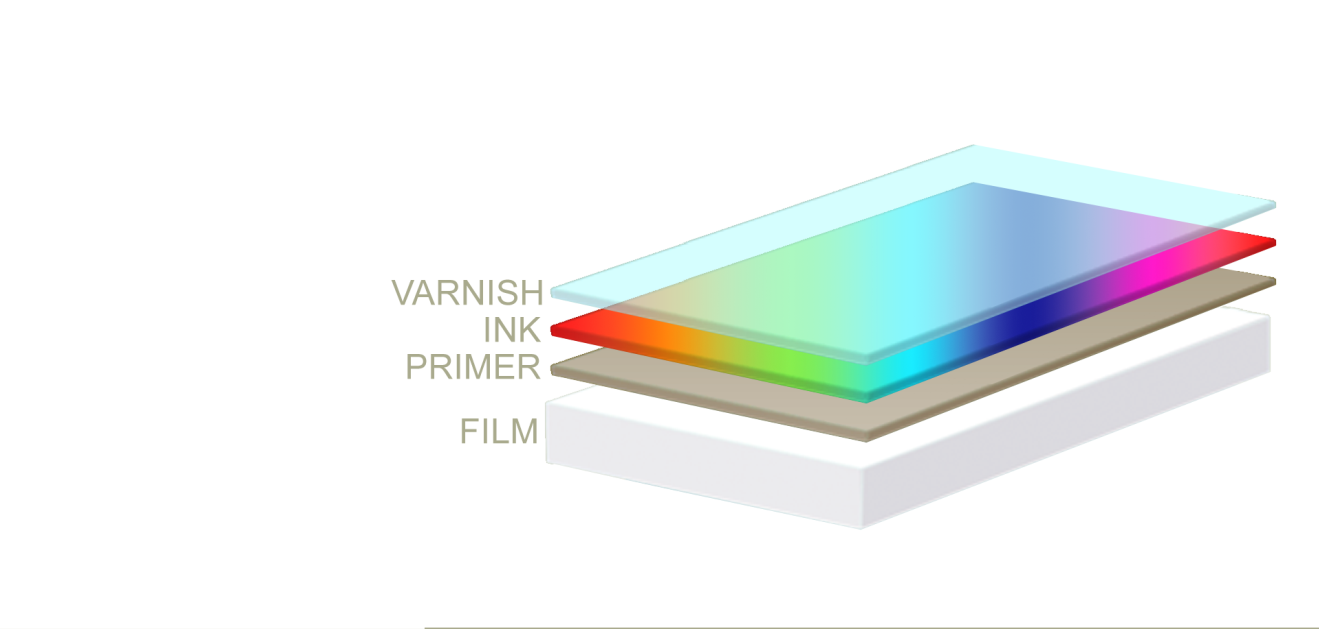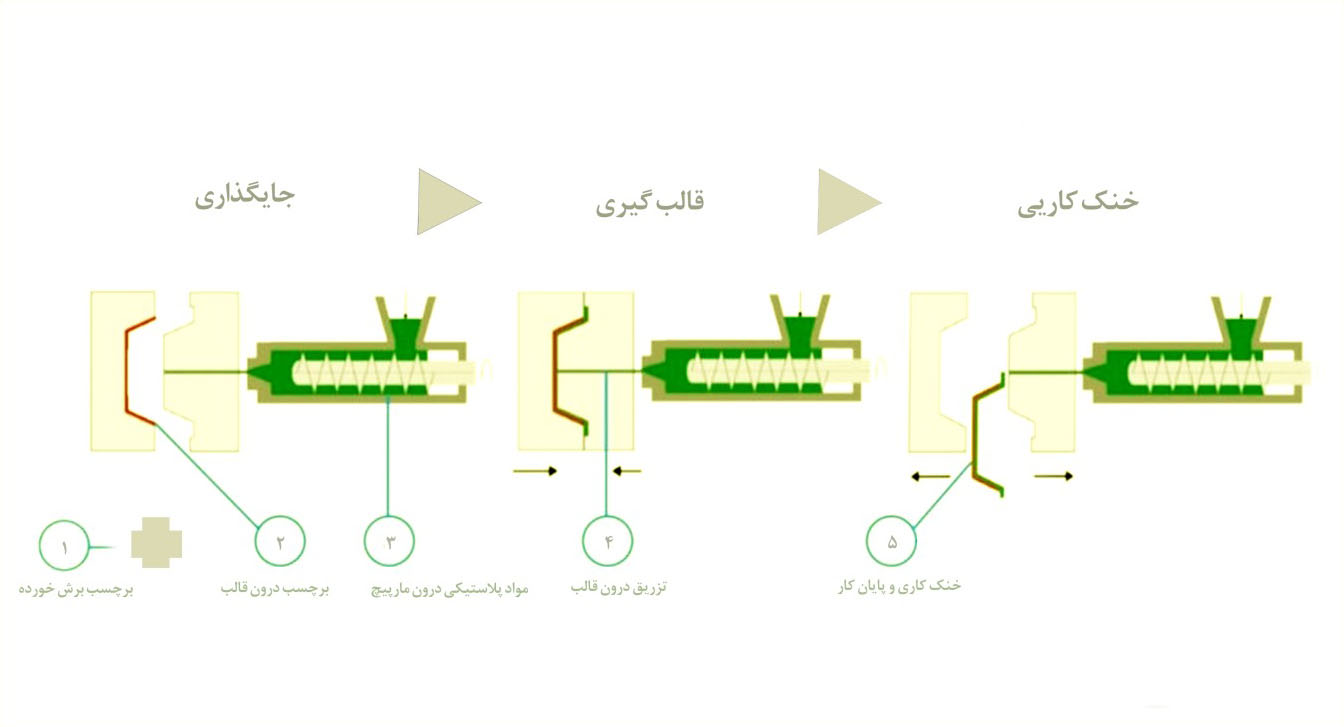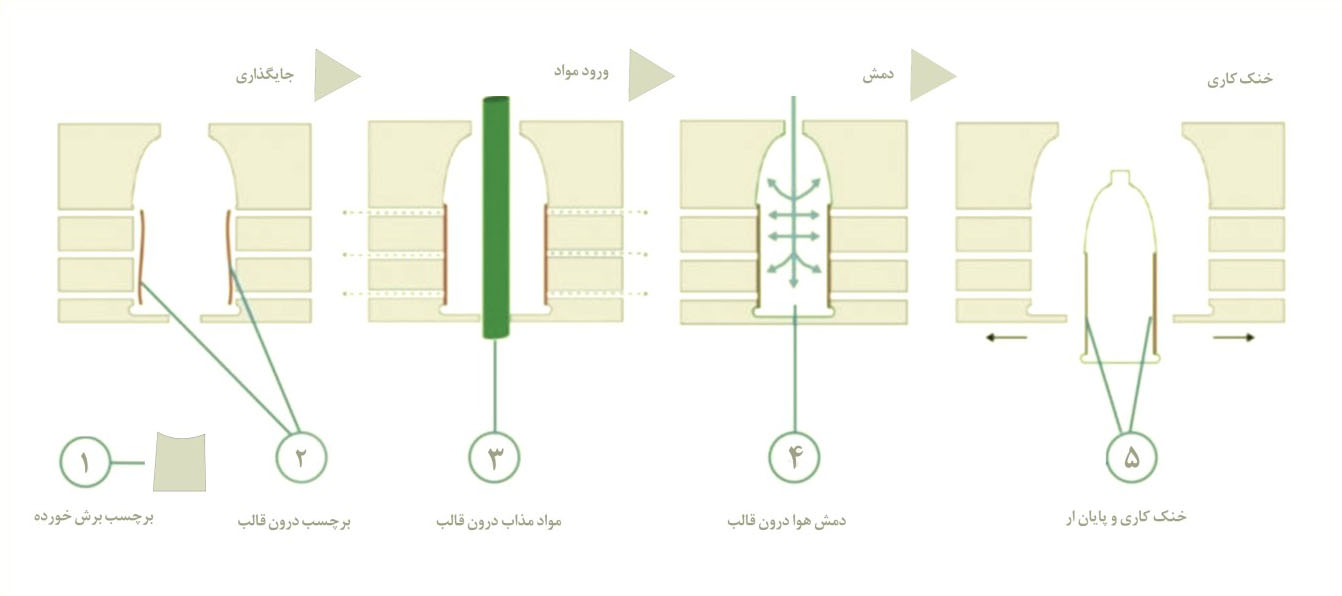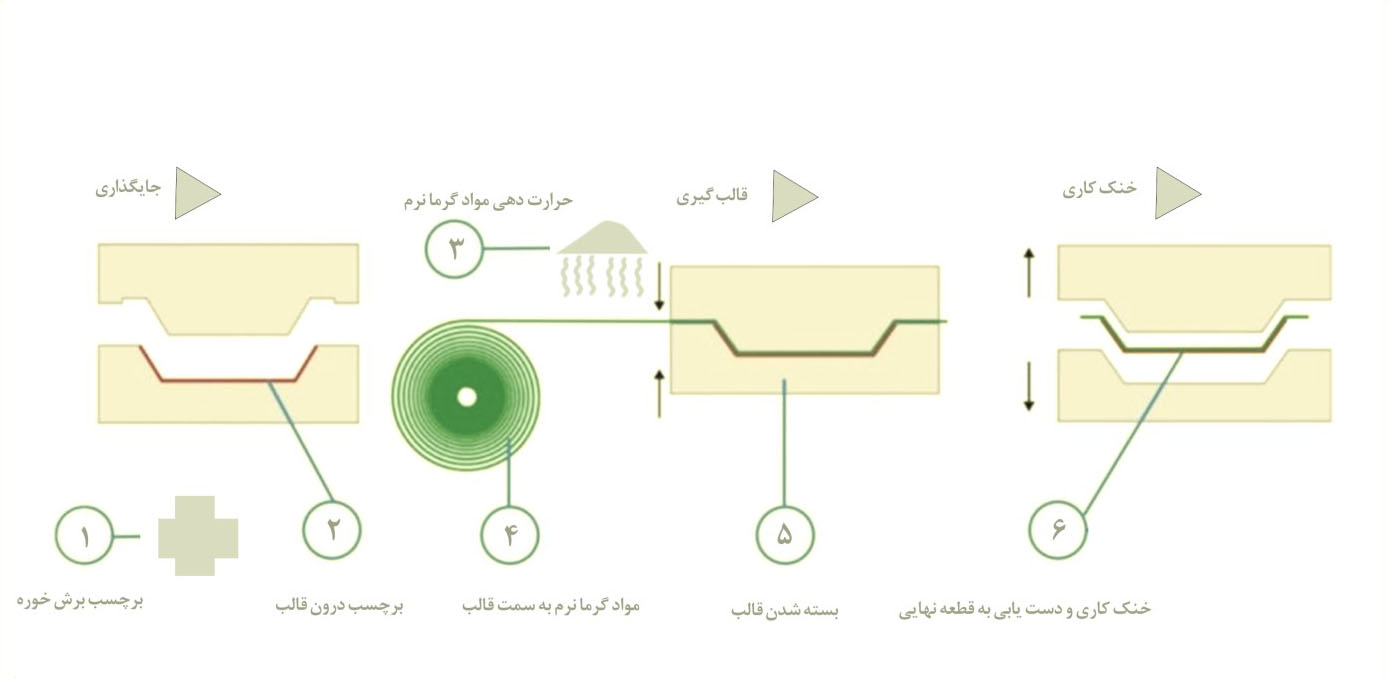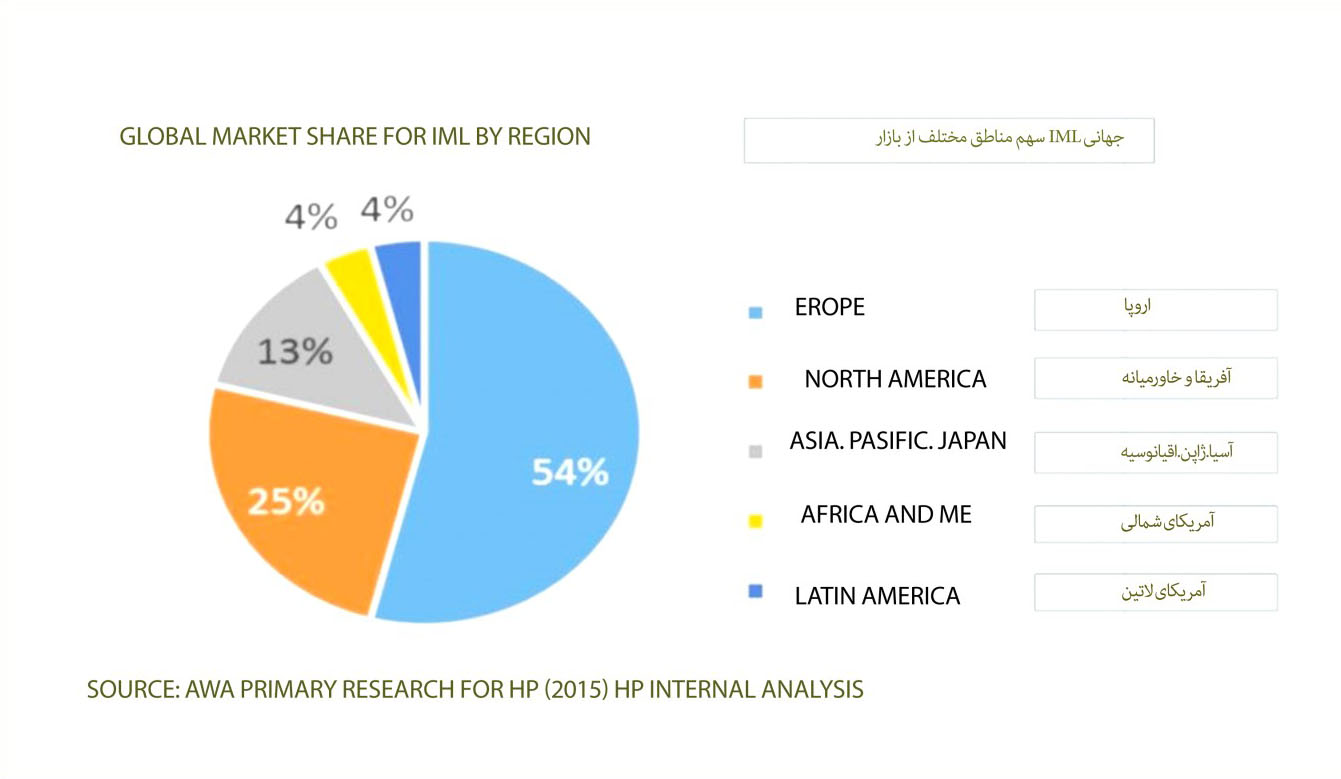IML in the Printing World:
In-Mold Labeling (IML) is a pre-printed polypropylene (PP) label applied to plastic containers and buckets during the injection molding process. The label takes the exact shape of the product as it bonds with the plastic during production, creating a seamless finish.

History of IML Printing:
The IML method, developed in the early 1980s, revolutionized the packaging industry by integrating the labeling and molding processes. Initially introduced in North America for detergent packaging, IML quickly expanded to the food and beverage industries. Today, over 85% of food products globally utilize IML technology, underscoring its rapid adoption and versatility.

Advantages of IML Printing:
1. Superior Printing Quality
IML offers the highest precision in offset printing, enabling vibrant and detailed designs with unmatched clarity.
2. Durable and Hygienic
Resistant to moisture, temperature changes, scratches, and cracks, IML is ideal for frozen and refrigerated products.
3. Cost-Effective Production
By automating the labeling process, IML reduces labor costs and enhances production efficiency, making it more economical than other labeling methods.
4. Time Efficiency
Labeling occurs simultaneously with container production, significantly reducing overall production time.
5. Eco-Friendly Solution
IML labels and containers are made of the same recyclable material, eliminating the need for label separation and ensuring environmental sustainability.
6. Quick Design Adaptation
Offset printing allows for rapid design changes, providing flexibility for diverse market needs.
7. Enhanced Aesthetic Appeal
With various finishes and materials, IML offers visually striking solutions for a wide range of products, from yogurt containers to paint buckets.
IML Production and Printing Process:
IML production begins with advanced UV and metallization printing technologies, where labels are printed, coated, and cut to precise dimensions. These labels are then integrated into the molding process, creating a finished product with seamless label integration. This efficient system replaces traditional methods, saving time and resources while enhancing product appeal.
Types of IML Containers:
1. Plastic Injection Molding
2. Blow Injection Molding
3. Thermoforming



1. Plastic Injection Molding
This method injects molten polymer into a mold where the IML label is pre-placed. Common applications include oil buckets, yogurt lids, and ice cream containers.
2. Blow Injection Molding
Ideal for hollow plastic parts like shampoo and dishwashing liquid containers, this method uses hot air to shape the plastic around the IML label. Though not yet widely adopted in Iran, it presents significant investment potential.
3. Thermoforming
Used for rigid plastic packaging, this process integrates the IML label into a heated plastic sheet, creating barrier-resistant containers for food and other sensitive products.
IML and Product Marketing:
IML’s durability and reusability extend the lifespan of containers, doubling as long-term advertising tools. The vivid designs and high-quality finishes attract consumer attention, while the packaging’s practicality reinforces brand loyalty. From dairy products to chemical solutions, IML transforms packaging into a marketing asset.
A Bright Future for IML Packaging:
IML technology is rapidly gaining market share as industries transition from traditional paper labels to recyclable IML solutions. With its superior aesthetics, efficiency, and environmental benefits, IML is poised to dominate the global packaging industry, ensuring a sustainable and innovative future for product presentation.

